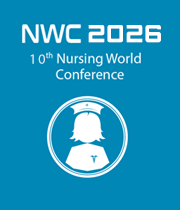Title : Vascular access selection in a rural clinical setting
Abstract:
Purpose: This study aimed to evaluate the use of a vascular access selection tool in a rural clinical setting. The study focused on educating the nursing staff on the use of the vascular access selection tool as well as evaluating its effectiveness and use.
Significance: The number of vascular access devices being used today gives need for a standardized selection process focusing on evidence-based practice (Bechdel et al., 2022). Central venous access devices are associated with higher incidents of severe complications. In the use of vascular access devices, these risks as well as patient need should be considered in the selection process. To decrease the risk of patient morbidity and mortality, it is imperative to use a reliable and valid selection tool to avoid unnecessary placement (Martillo et al., 2020).
Sample: Education of 48 nurses in three units within a rural hospital. A 3-part vascular access selection tool was used in adult patients.
Methods: A three-phase process was implemented that included education, selection tool implementation, and compliance. This mandatory quality improvement project was used to evaluate the ease of use and efficacy of the 3-part selection tool in a rural clinical setting.
Findings: In both the pre-implementation and post-implementation surveys, more Registered Nurses completed the surveys than Licensed Practical Nurses. The nursing staff indicated they were satisfied with the vascular education. The completion of data showed that 89% of nurses found the selection tool easy to use and effective in appropriate and safe VAD selection.
Conclusion: The data analysis suggests that the VAD selection tool is an efficient and effective method in appropriate selection of vascular access.



